
Stay Active Outdoors
Summer is the perfect time to get outside and stay active. The sunshine, fresh air, and extended daylight hours provide fantastic opportunities for physical activity and stress relief. Let’s talk about the benefits of outdoor exercise and tips for staying safe and healthy while enjoying the great outdoors!
Benefits of Outdoor Exercise
- Improves cardiovascular health: Activities like hiking and biking get your heart pumping, enhancing your cardiovascular fitness.
- Strengthens muscles: Swimming and yoga help build muscle strength and flexibility.
- Enhances mood: Being outdoors and engaging in physical activity releases endorphins, which can improve your mood and reduce stress.
- Connects you with nature: Spending time outside helps you appreciate the beauty of nature and has a calming effect, reducing anxiety and promoting relaxation.
- Boosts vitamin D levels: Sunlight exposure helps your body produce vitamin D, which is essential for bone health, immune function, and mood regulation.
Prioritize Safety
- Check the weather: Early mornings or late evenings are ideal times to avoid the heat and stay comfortable. Before heading out, check the weather forecast to avoid extreme conditions. If it’s too hot or stormy, consider rescheduling your workout or choosing an indoor activity.
- Use sunscreen: Protect your skin from harmful UV rays by applying sunscreen with at least SPF 30. Reapply every two hours, especially if you’re sweating or swimming.
- Wear appropriate gear: Invest in good quality shoes, breathable clothing, and sun protection to stay safe and comfortable. Proper gear can prevent injuries and enhance performance. Don’t forget to wear a hat and sunglasses to protect yourself from the sun.
- Stay hydrated: Drink plenty of water before, during, and after your activities to keep your body hydrated. Dehydration can lead to serious health issues, especially in hot weather. Carry a reusable water bottle and take regular sips to maintain hydration.
- Stay visible: If you’re exercising early in the morning or late in the evening, wear reflective clothing and carry a flashlight to ensure you’re visible to others.
- Know your limits: Pay attention to how your body feels during and after exercise. If you experience pain or discomfort, take a break and rest. It’s important to avoid pushing yourself too hard, especially in hot weather.
Summer-Smart Activities
Whether indoors or outdoors, the key to staying active is finding the activities that fit into your own ability, schedule, and interests. Here are some creative ideas for staying active while enjoying the outdoors this summer:
- Plant a garden or do some yard work: the squatting, lifting, reaching, twisting, and bending required are great movements for the body.
- Enjoy the water: partake in water-based exercise such as water aerobics or swimming or head to a nearby lake and paddleboard or kayak.
- Take a walk, hike, or bike: grab the family and explore your neighborhood.
If the summer heat prevents these outdoor activities, here are some great indoor alternatives:
- Go to the gym or a group fitness class
- Go for a walk in the mall
- Use the stairs at home or work instead of the elevator
- Take a virtual exercise class
Embrace the summer season by staying active outdoors. Your body and mind will thank you!
Explore additional resources:
American Heart Association: How to Be Active Safely in Warm Weather
Columbia University: Quick Tips for Staying Active in Hot Weather

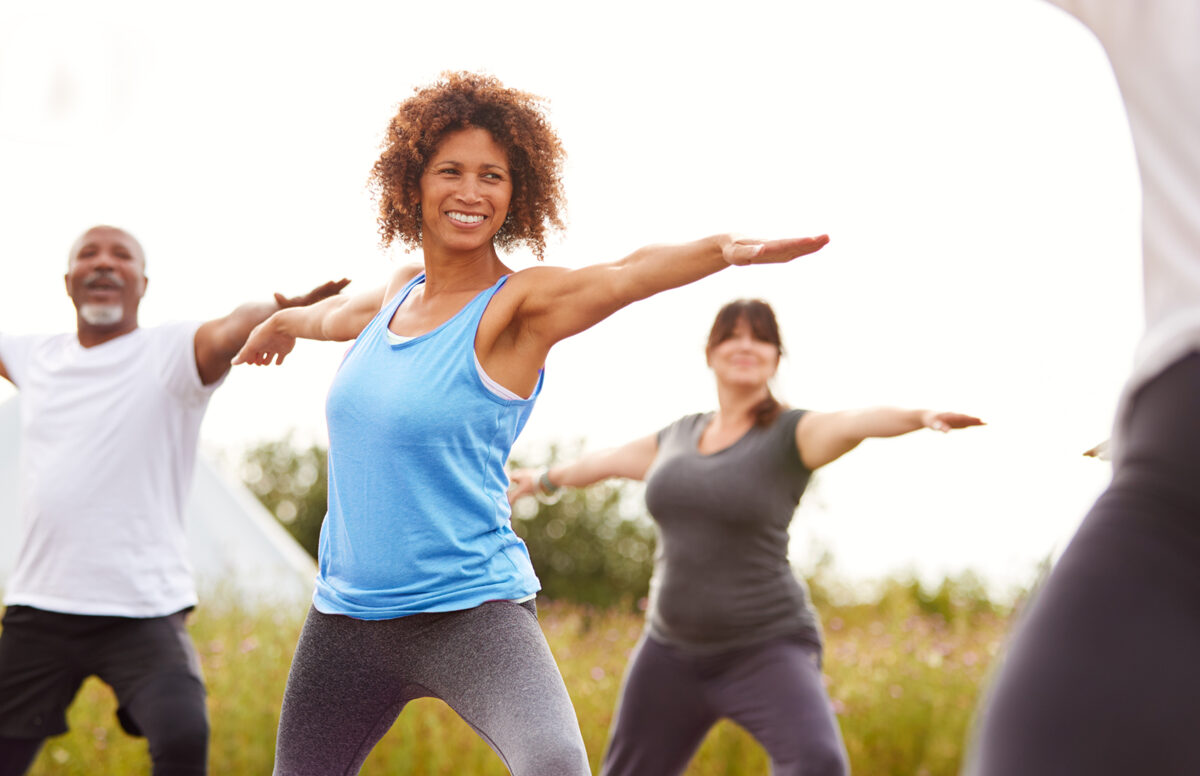
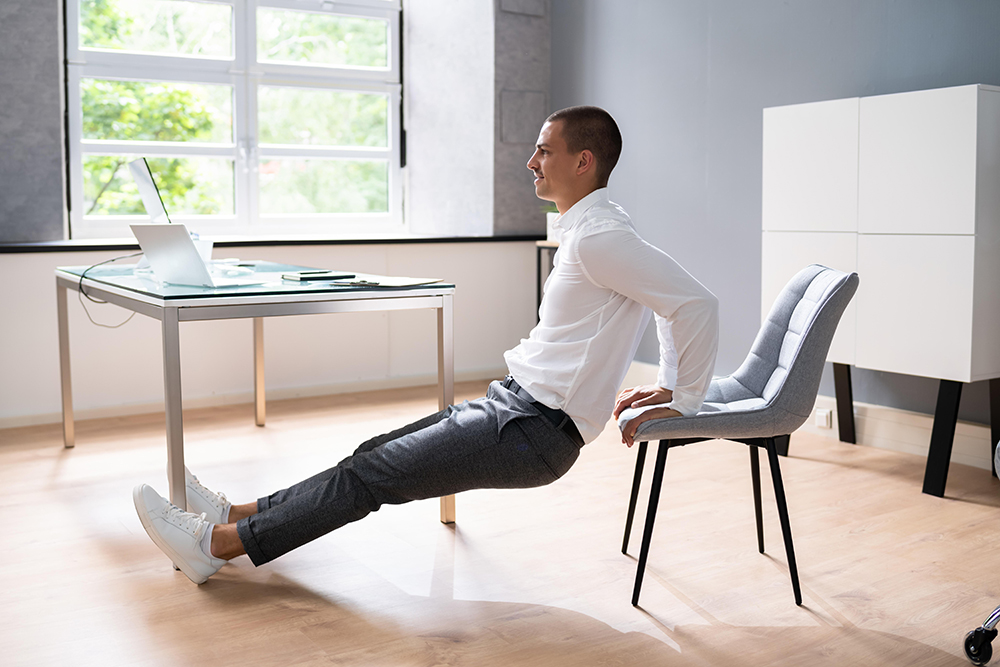

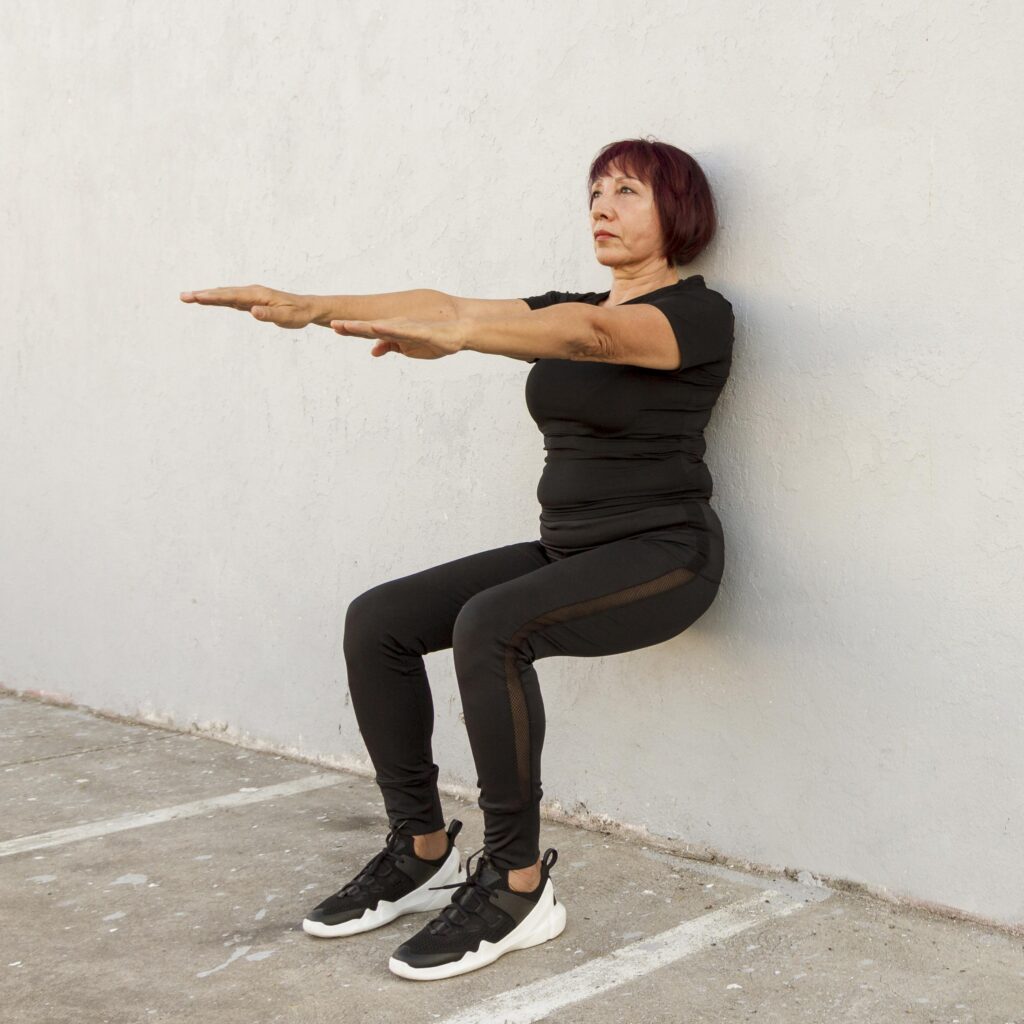
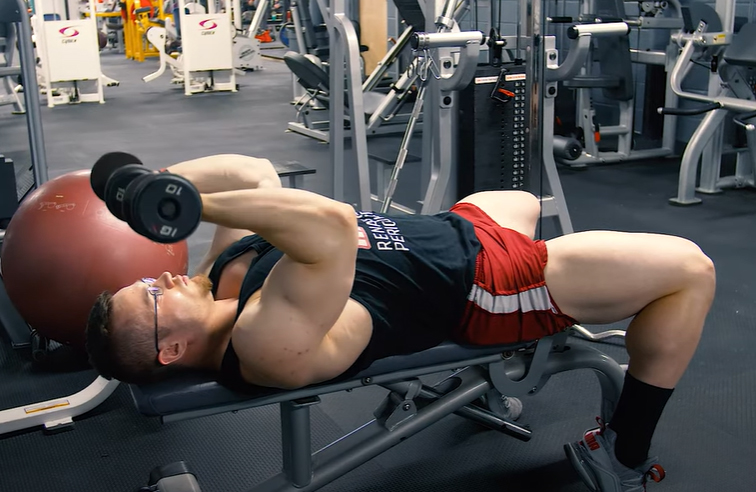
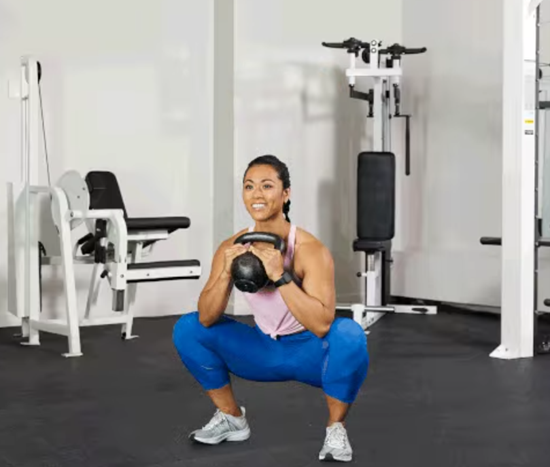
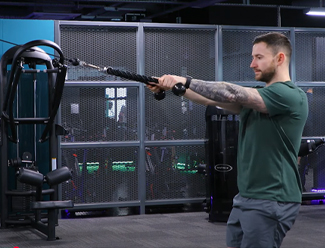
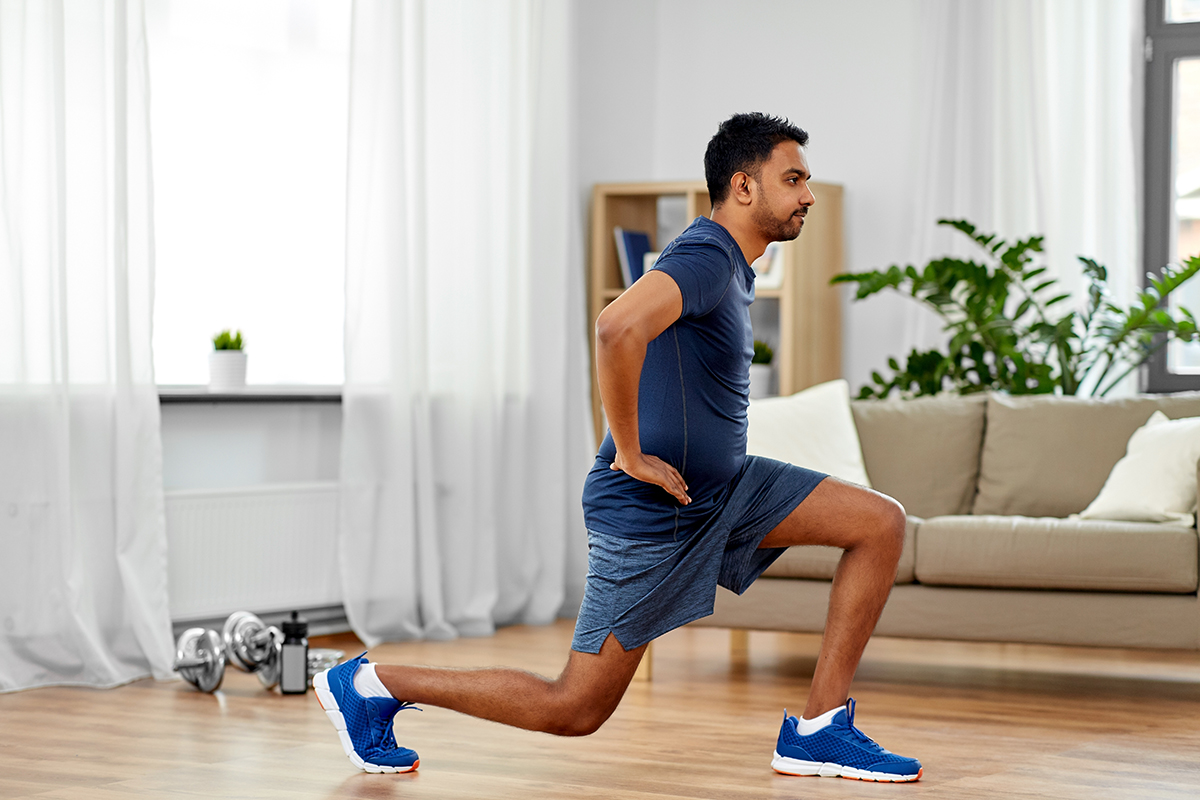
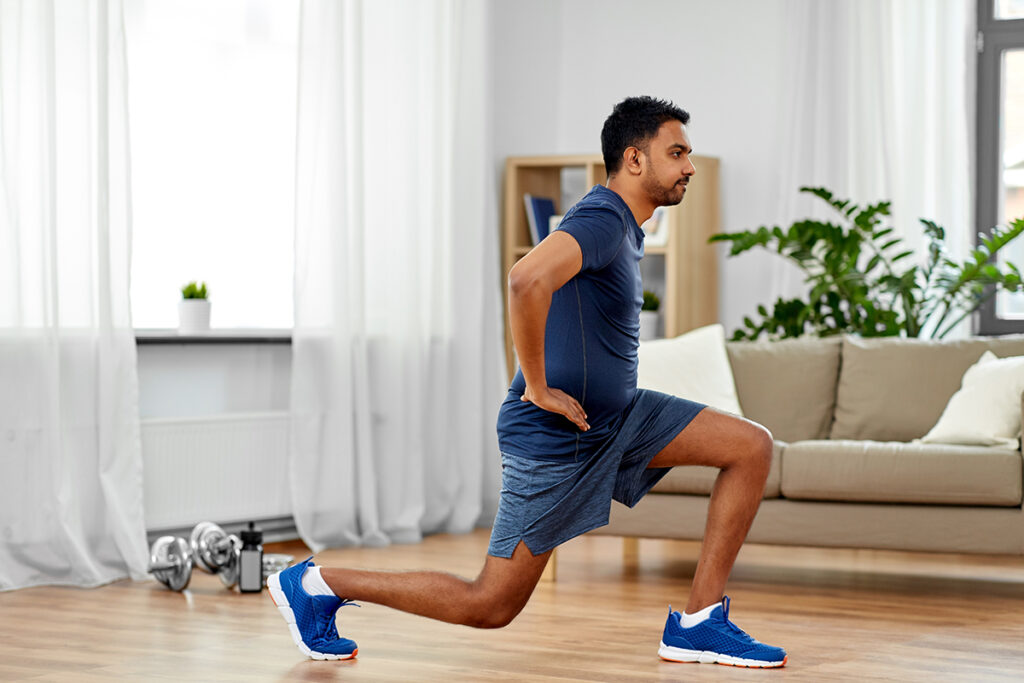
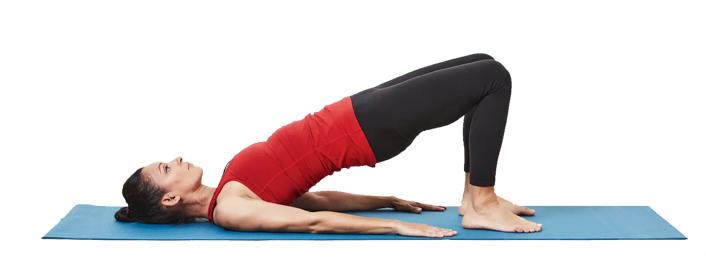
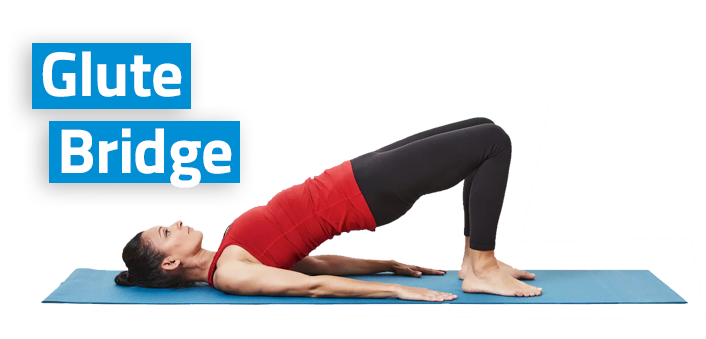

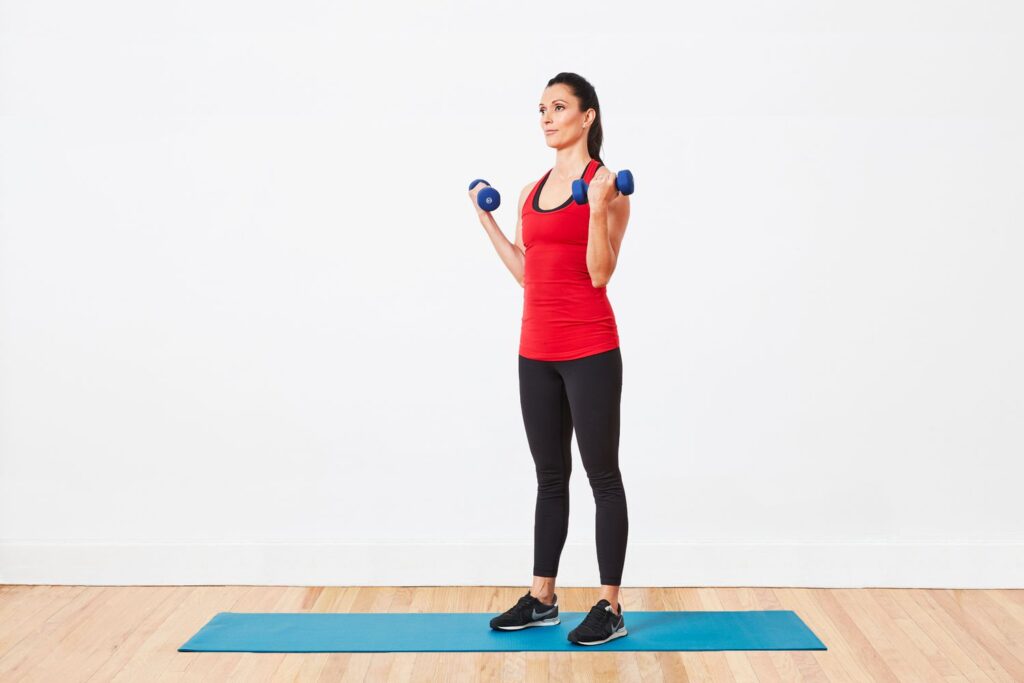 Bicep Curls (Dumbbell Form & Technique)
Bicep Curls (Dumbbell Form & Technique)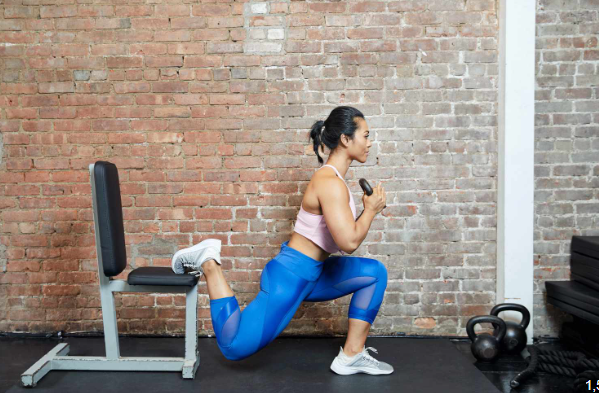
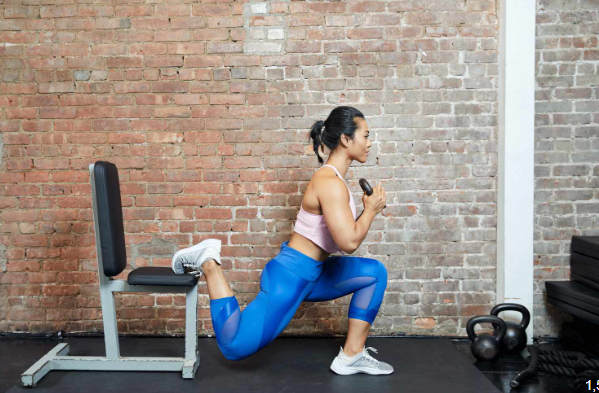 How to do a Bulgarian Split Squat / Proper Setup
How to do a Bulgarian Split Squat / Proper Setup